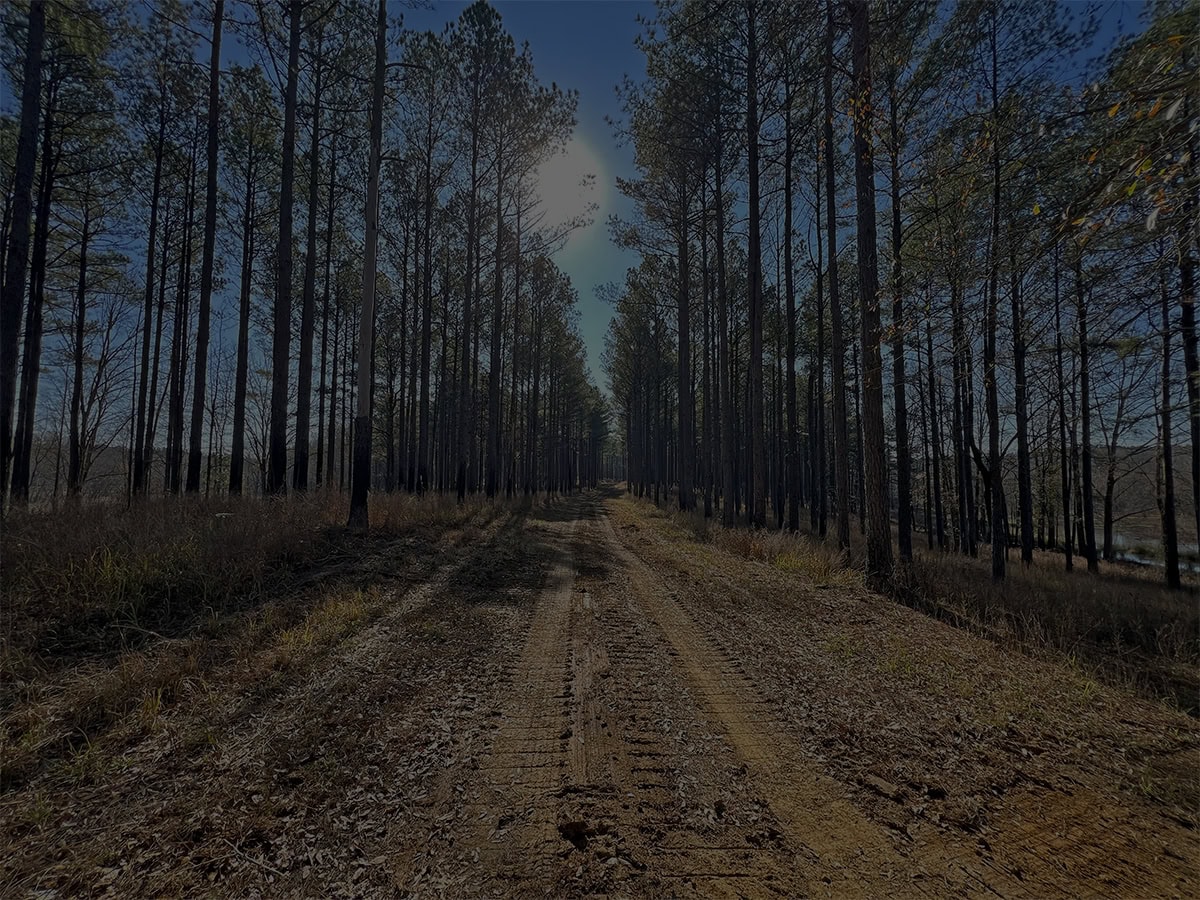
PRESCRIBED BURNING: Transforming Mississippi Land into Prime Deer & Turkey Habitat
Brad Farris | Land Agent
VIDEO SUMMARY
When it comes to managing land for wildlife, few tools are as powerful and effective as prescribed burning. This 20-acre clear-cut corridor, intentionally designed for deer and turkey habitat, is a perfect example of what can happen when you time the burn right and let nature do its work.
We let this tract rest for several years to build up enough fuel load, and when the weather conditions finally aligned—a north wind and humidity below 40%—we burned it under near-perfect conditions. The result? A clean, thorough burn that opened up the ground and set the stage for new, native growth.
Why Waiting for the Right Burn Conditions Matters
On a similar tract, we burned after just one year and didn’t get the same results. This time, we waited three years before burning, and it made all the difference. Starting on the south end, we backed the fire slowly into the wind off the creek, then turned around and ran a head fire through the corridor to maximize heat and fuel consumption.
The intense heat helped knock back unwanted competition, making room for desirable vegetation to flourish—prime forage for deer and turkey. Just two weeks later, the tract is already greening up beautifully, and wildlife activity has picked up fast.
Immediate Wildlife Benefits
Within days of the burn, trail cameras began capturing deer and turkey moving through the area. Prescribed fire is a proven way to create early successional habitat—the kind of thick, diverse vegetation that provides both food and cover for wildlife.
This corridor now offers a natural food source, improved visibility, and edge habitat that deer and turkey love. By strategically using fire as a habitat management tool, we’ve set this tract up for years of productivity and hunting opportunity.
Looking Ahead: A Sustainable Land Management Cycle
We’ll likely wait another three years before burning this corridor again. Controlled burns on a rotational schedule allow us to maintain high-quality habitat without degrading the landscape. It’s about working with nature—not against it.
If you’re interested in improving your land for wildlife or learning more about how prescribed burning fits into a stewardship plan, our teams at SWAPA Land and Steward Link can help guide you through it. From planning to funding opportunities, we’ll be Your Bridge to Land™.
📞 Contact SWAPA Land today to learn more about how to manage and maximize your property.
FULL TRANSCRIPT
Click To Expand Full Transcript
[00:00:00:00 - 00:00:21:05] Brad Farris
You know, this really did burn well. And I learned a lesson. I had another spot just like this, and I only waited one year and tried to burn, and it didn't do good. Well, this is a clear cut we did just for deer and for habitat for deer and turkey. And this corridor is about 20 acres, and it runs perfectly east and west.
[00:00:21:08 - 00:00:35:00] Brad Farris
So what I did is when I burned it, I waited. I wanted to burn it so bad, but after not having enough fuel on that first one, I learned a lesson. So I went on the south end and lit my fire. We had a pretty strong north wind the day I burned.
[00:00:35:03 - 00:00:50:05] Brad Farris
So I did a backing fire off that creek and made it come all the way up here. Then I turned around because I wanted to get it really hot to just kill as much of this back as I could. Then I came around and lit this for a head fire, which would blow the fire that way instead of blowing against the fire. That’s when you get the hot ones. And you can see right here—it did outstanding.
[00:00:50:07 - 00:01:07:22] Brad Farris
I wish I had waited on another spot for three years, but when you get the fuel load here and the right day and humidity here in Mississippi, below 40%, you better be careful on something like this. It was quite a fire we had. But look at it now.
This was about two weeks ago that I burned, and it's just really looking good. Already got pictures of deer in here, turkeys in here, and I couldn’t be any happier with what happened after the fire.
[00:01:07:24 - 00:01:26:00] Brad Farris
Just look how green and pretty it is. It'll probably be another three years before I burn it again.
RELATED VIDEOS
ROAD MANAGEMENT: Enhancing Soil Health and Wildlife Habitats
CHIPPER GIBBES | PRINCIPAL BROKER
MS, LA, AL
INVASIVE PLANTS: Protect Native Wildlife and Enhance Your Habitat
CHIPPER GIBBES | PRINCIPAL BROKER
MS, LA, AL